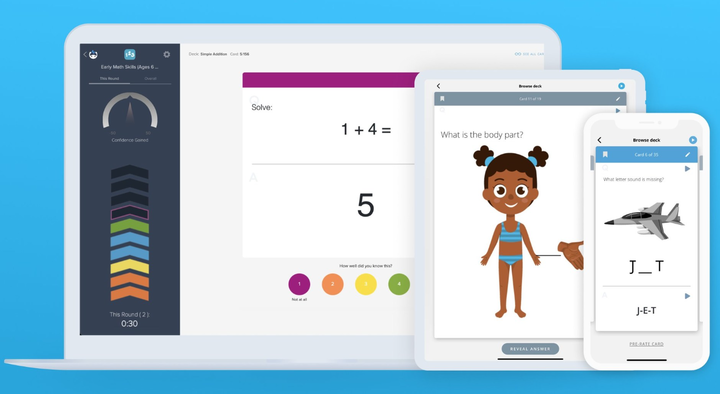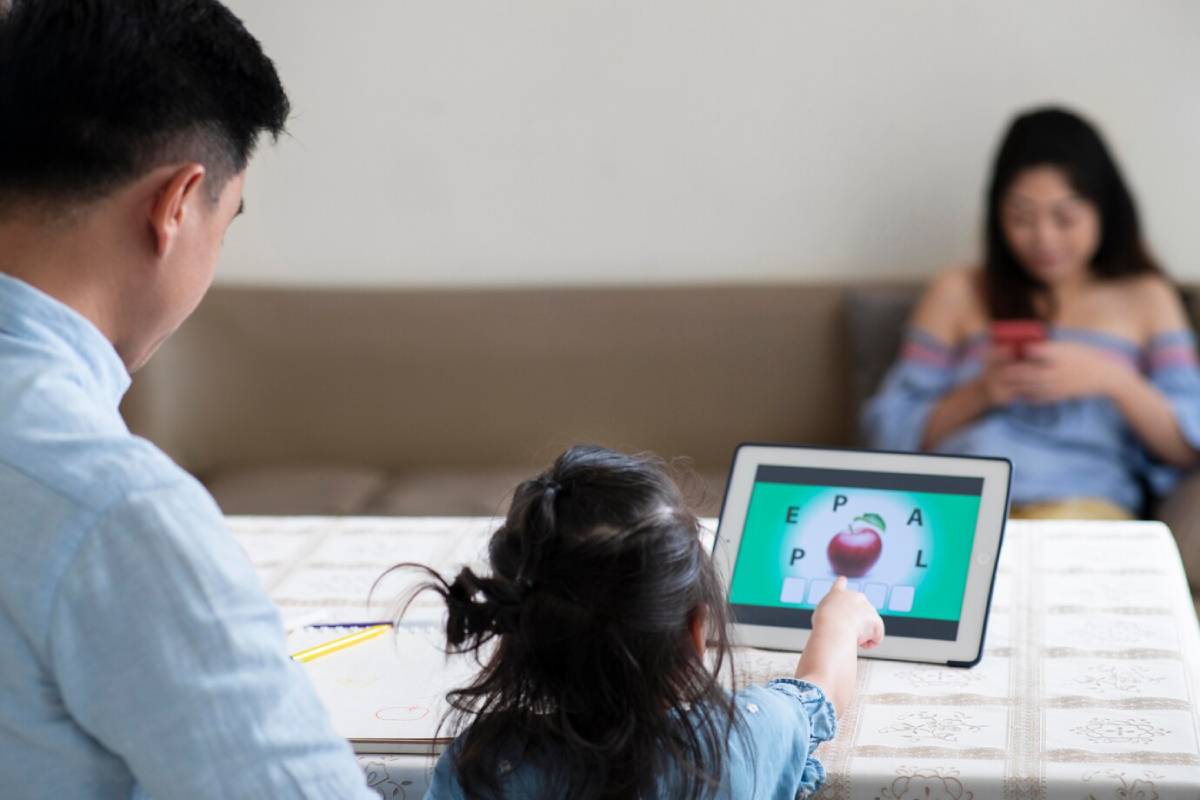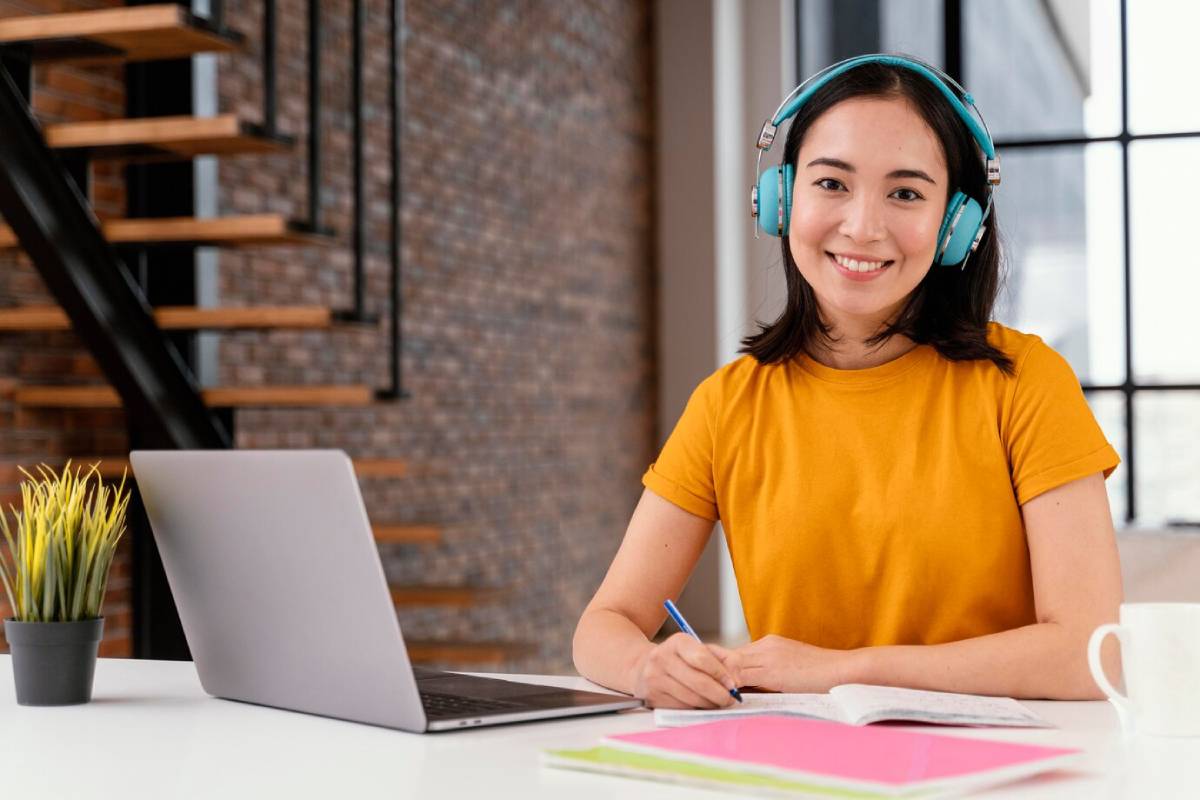
Understanding the Value of Open Educational Resources
A New Era of Learning
We live in a time when the internet gives us access to more information than ever before. But access to quality education is still a challenge for many people. High textbook prices, limited classroom space, and location issues make it tough for students everywhere to access the education they need.
This is where Open Educational Resources (OER) come in.
You may have heard the term, but what does it really mean? OER are free learning materials that anyone can use. They are shared online, so students, teachers, and self-learners can benefit. There’s no need to pay or ask for permission.
This blog will help you understand the meaning of OER, how these resources work, and the many open education benefits they offer. Whether you’re looking for online education free of cost or simply want to explore new ways of learning or teaching, OER could be a great place to start.
By the end, you’ll have a clear picture of how OER is changing the world of education—and how it could help you too.
What Does OER Really Mean?
OER Explained
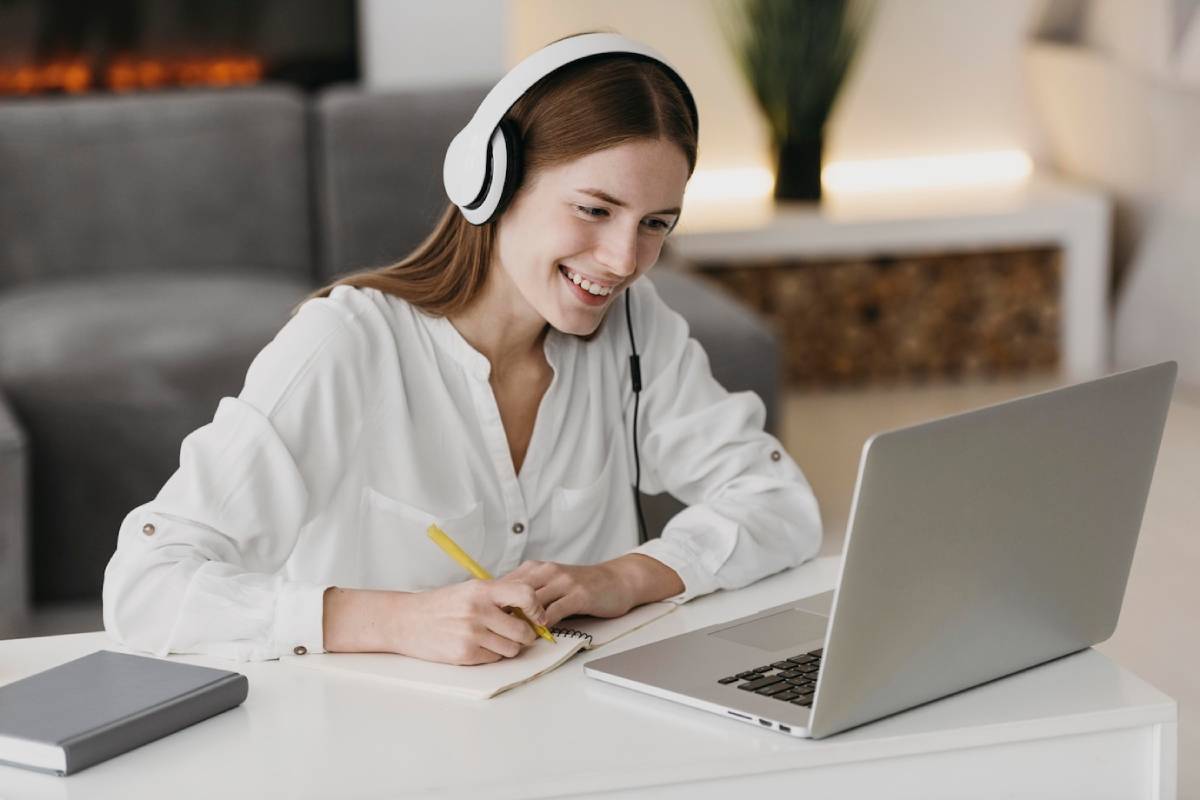
Open Educational Resources (OER) are any teaching or learning materials that are freely available for anyone to use, adapt, and share. They are usually digital, but not always. They come with an open license, often a Creative Commons license. This allows users to change and share the content.
Common examples include:
- Textbooks
- Course modules
- Lecture notes
- Videos and podcasts
- Assignments and quizzes
The main goal of OER is to remove barriers—financial, geographical, or institutional—to quality education.
Who Can Use OER?
OER can be used by:
- Teachers, to improve or localise their teaching materials
- Students, to access content without cost
- Self-learners, to build knowledge and skills independently
- Educational institutions, to support open courseware initiatives
Why OER Matters in Today’s World
Breaking Down Barriers to Education
In many parts of the world, access to quality education is still a privilege, not a right. OER helps to level the playing field by giving everyone equal access to high-quality learning materials.
Imagine a student in a rural village who can’t afford expensive textbooks. OER gives that student the same learning content that’s available to someone at a top university.
Supporting Lifelong Learning
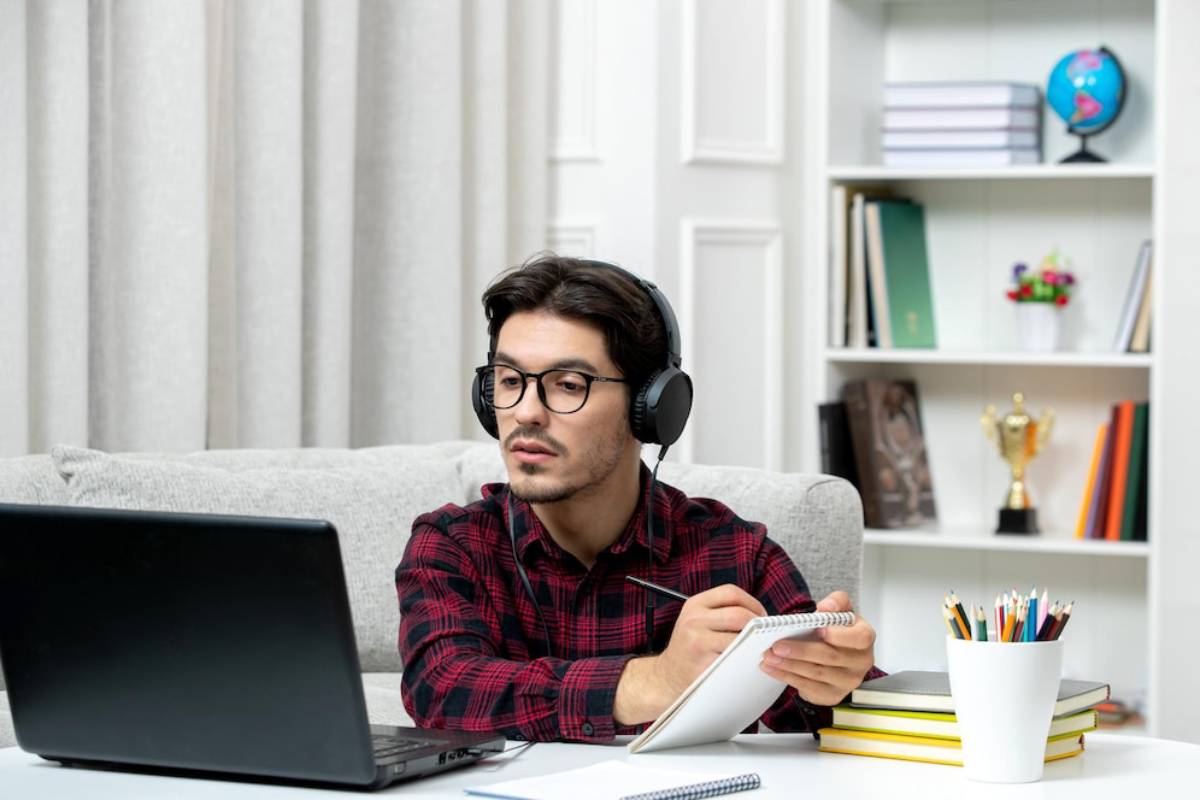
We no longer live in a world where education stops after school or university. Skills need to be updated regularly. With OER, anyone can continue learning at their own pace, at any stage of life.
Encouraging Collaboration and Innovation
OER promotes a culture of sharing. Teachers worldwide can work together, enhance each other’s efforts, and build better, more inclusive resources. This can lead to faster innovation in teaching methods and content delivery.
Key Benefits of Open Educational Resources
1. Cost-Effective Learning
Perhaps the most obvious benefit—OER are free. Students don’t have to worry about expensive textbooks or course materials. Meanwhile, teachers can access resources for free, without any subscription fees.
2. Adaptability and Flexibility
Because of their open licences, OER can be tailored to specific learning needs. Educators can modify them for different languages, cultural contexts, or educational levels.
3. Promotes Independent Study
OER can support self-paced and self-directed learning for learners, especially those outside traditional academic systems. This is ideal for professionals who are upskilling or individuals who are switching careers.
4. Quality and Credibility
Many OER materials are developed by respected universities and subject experts. Platforms like MIT OpenCourseWare, OpenLearn (The Open University), and Khan Academy offer content that rivals traditional institutions.
5. Boosts Digital Literacy

Using OER helps build digital skills. You learn to search for content, check credibility, and remix materials. These skills are key in today’s world.
Additional Expert Tips & Common Mistakes to Avoid
Tips for Making the Most of OER
- Start with trusted platforms: Use reputable websites such as OER Commons, Coursera (for free courses), or OpenStax.
- Check the licence: Always look at how you’re allowed to use the material. Some allow modifications, others don’t.
- Curate your own library: Bookmark or save resources that suit your needs. A personalised digital library can be a powerful tool.
- Contribute back: If you’ve improved or translated a resource, consider sharing your version—it will help the global learning community.
Common Mistakes to Avoid
- Ignoring licensing terms: Just because a resource is free doesn’t mean it can be used however you like.
- Assuming all free content is high quality: Use critical thinking. Not every open resource meets academic or professional standards.
- Overloading students with content: It’s tempting to use every free tool available, but too much can overwhelm learners. Select resources carefully to support clear learning objectives.
Advanced Insights and Expert Recommendations
OER in the Classroom: A Teacher’s Perspective
Teachers using OER often report greater control over what they teach and how they teach it. A secondary school teacher in Leeds swapped a standard textbook for a set of OER materials. These materials were more current and matched her students’ learning styles better.
Integration with Technology
OER works best when paired with other educational tools. This includes tools like Moodle and Google Classroom for learning management, video conferencing tools, and interactive platforms.
By embedding OER into digital classrooms, educators can create dynamic and engaging learning experiences that are also cost-effective.
OER for Institutions and Policy Makers
Universities and colleges can benefit from embracing OER by:
- Lowering costs for students
- Increasing retention and completion rates
- Enhancing global reputation by contributing to open access initiatives
Governments and educational authorities are also investing in OER. For example, the UNESCO OER Recommendation (2019) encourages member states to promote the use of open education to achieve Sustainable Development Goal 4: Quality Education for All.
Conclusion: Open Resources, Infinite Possibilities
Open Educational Resources are not just tools. They are part of a movement—one that’s focused on making education open, fair, and available to everyone. Whether you’re a student trying to save money, a teacher looking to improve your lessons, or a curious learner trying to grow your skills, OER gives you that chance.
These resources are free to use, easy to find, and often made by some of the top minds in education. They also help break down barriers that have stopped people from learning before. These include cost, distance, and limited access to materials.
The power of OER lies in its flexibility and openness. You can learn anytime, anywhere, and at your own pace. And as more people use, improve, and share these resources, they’ll only get better.
If you’ve never tried using OER before, now’s the perfect time to start. Explore an open course, download a free textbook, or even try creating your own learning material. The possibilities are wide open—and they’re all just a few clicks away.
Have a favourite OER platform or success story? Share it in the comments. And if you found this post helpful, pass it on to someone else who’s ready to take learning into their own hands.

